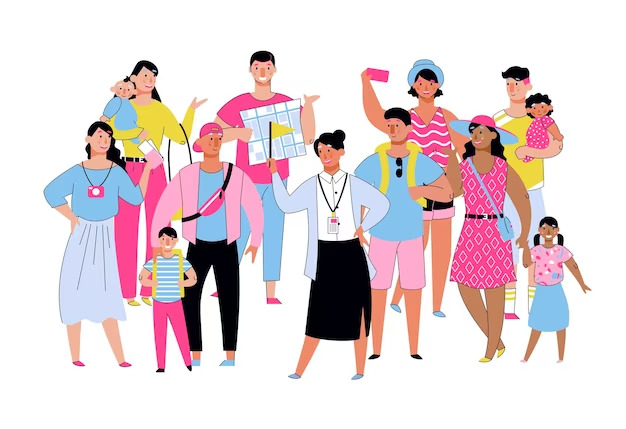Covid affected Women micro-entrepreneurs who were earning their income through product and service based industry. These female micro-entrepreneurs have lost many of their source of income due to multiple lockdowns and no offline consumers to sell their products.
A large-scale cross-country Facebook, World Bank, and OECD repeat cross-sectional study reported a 26 percent business closure rate among male and female-owned businesses globally at the end of May 2020. Female-owned companies were about six percentage points more likely to close their business temporarily than male-owned businesses in the first round, and 3.4 percentage points more likely to have completed in the following survey round, a month later. Even women-owned enterprises that were previously on a high-growth trajectory reported widespread closures. In India, over a third of women entrepreneurs surveyed in four states had temporarily or permanently shut down their businesses. Half of the respondents who reported permanent business closure also said they were unlikely to restart a company again.
As 2022 proceed, there is a new ray of hope for women entrepreneurs to return to their micro-businesses. Tourists’ attractions are opening up and micro-businesses in the form of Home-stays, food stalls, souvenir shops and many more.
This time, the businesses had been set up with new concepts after getting influenced during Covid which affect Women micro-entrepreneurs. Some of the significant changes in micro-businesses run by women entrepreneurs are:
1. Online Payment
PayTM, GooglePay, Amazon Pay, and Mobile Banking are quick online payments whose demand shoots up during pandemics. Every small and big businesses adapted towards online payment. This mode of payment has made a way if transparency in micro-businesses and women micro-entrepreneurs are adopting it in their daily transactions. This mode has also helped them be financially educated about opening bank accounts and web-related services.
Also Read:
2. Making web presence
Microentrepreneurs are making themselves available online by creating websites and web applications. They seem to be more active on social media and web platforms.
3. Getting global customers
While only dependent on offline customers, now micro-businesses are getting customers from all over the world, selling their products online with a fixed amount by making their presence online.
4. Free and Easy marketing
Youtube, Facebook, Instagram and many other social media platforms provide cheap and effective marketing for micro-businesses to sell their products by spending less money to the broader audience.
5. New Micro-Businesses from Social Media
Women are emerging new micro-entrepreneurs entirely focused on selling their unique and innovative products through online channels like Youtube, Shopify and Instagram. It has become easier for them to make an entertaining video about their product and work on their businesses from their home.
Problems they are facing:
1. Online presence made difficult for Women micro-entrepreneurs having low web literacy
2. Low number of offline customers makes the old way of the physical shop on the verge of bankruptcy
3. Customers are more online-savvy and rely on web-based services.
4. Local shop owners losing businesses due to small online startups.
5. Women are being forced to close their businesses due to lack of demand and fallen of the tourism industry.
The process of leading business has been changed since 2020. Things have been on the verge of a new direction where being online has become a necessity. This may create problems, and women are still struggling to find their ground, but time has made us more productive by adopting technology in our businesses.




